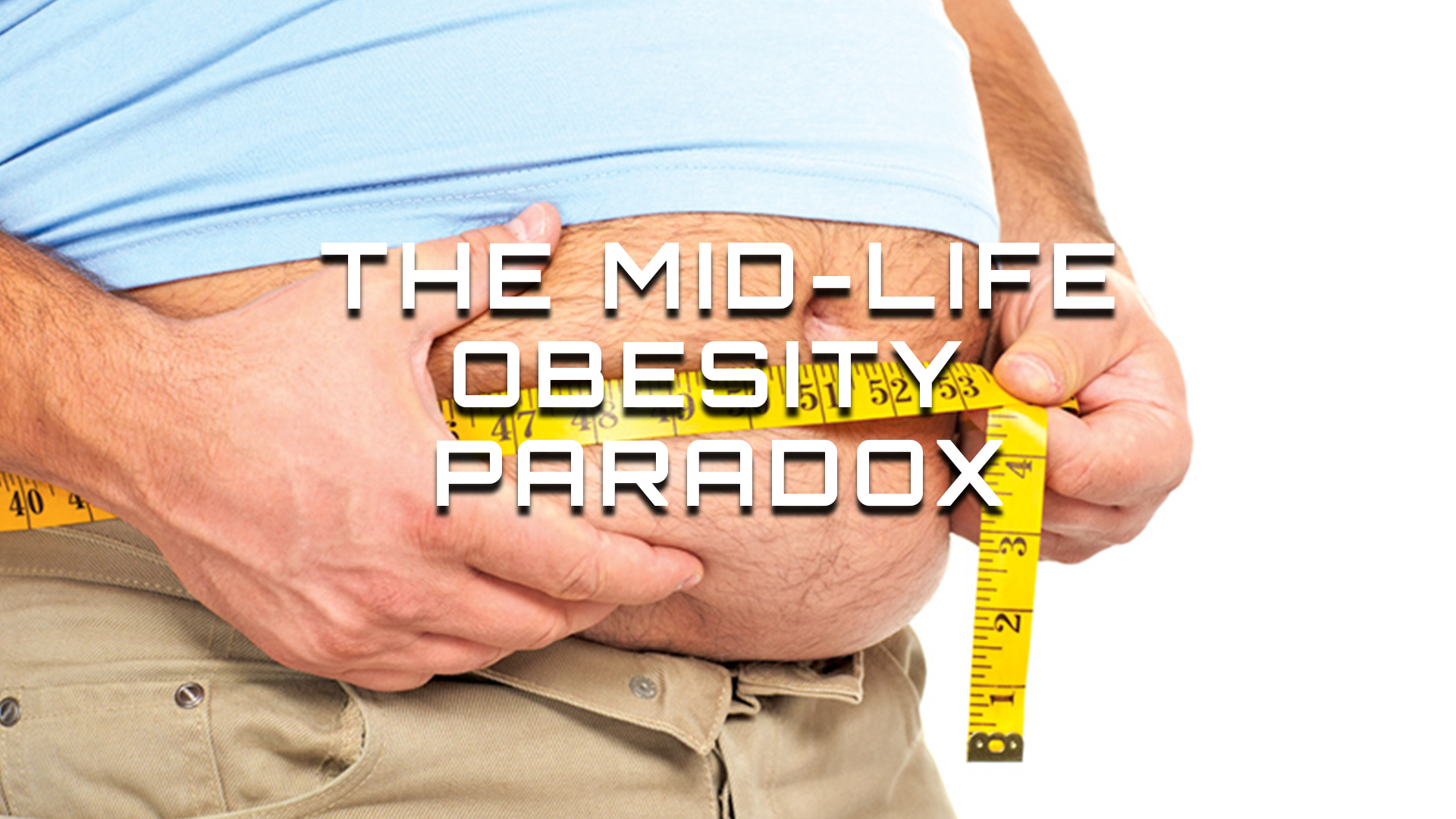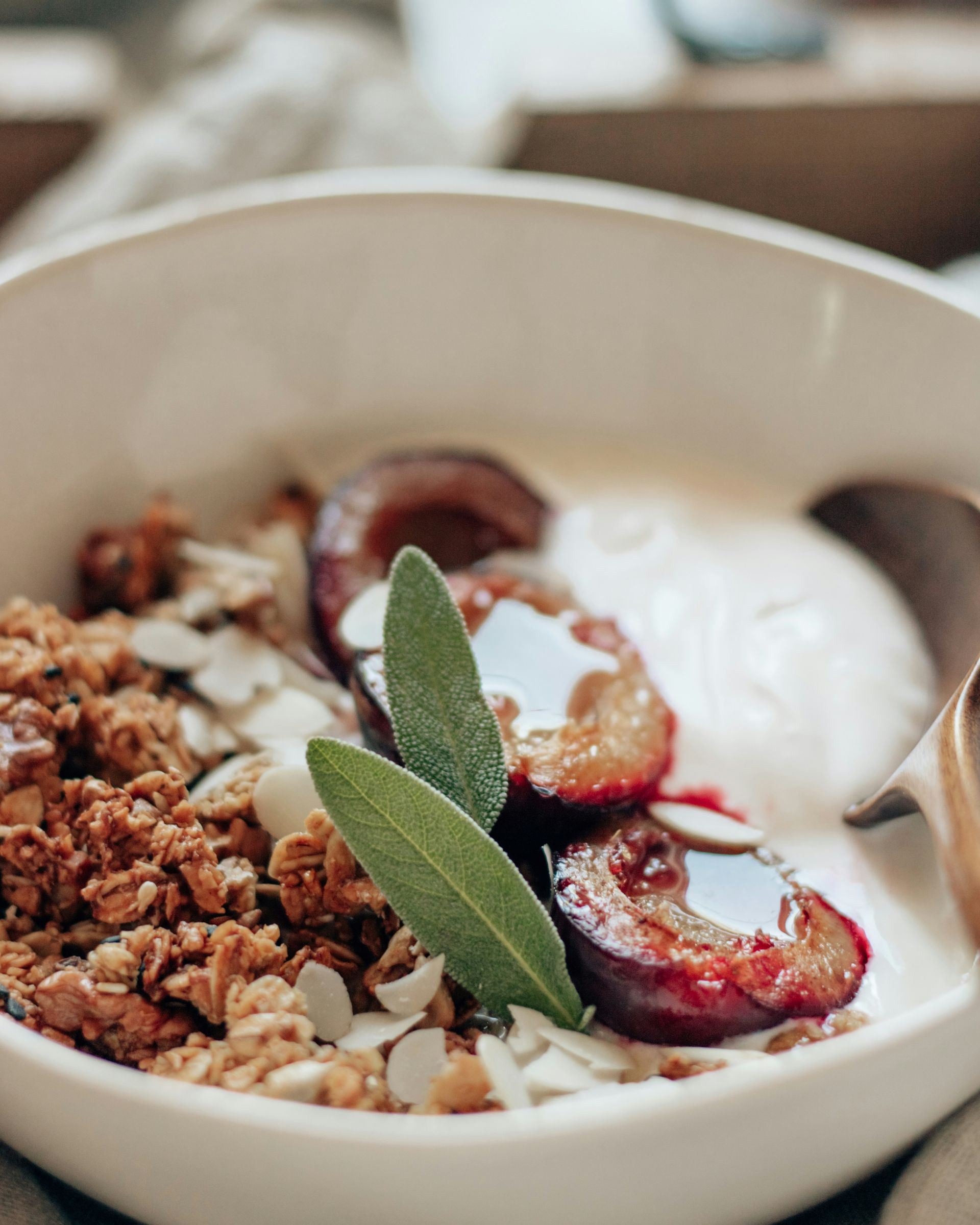
The mid-life obesity crisis
We know a few things about the way nutrition affects our body composition in the 21st century, to lose weight is to achieve a state of caloric deficit through dieting, right? Okay, why doesn’t this calculation apply to everyone? We all know somebody, most likely an older relative, who eats less than the national recommended daily caloric intake but doesn’t look even remotely lean.
Bad habits, habits which are built over years and sometimes decades.
I’m a personal trainer, I have 40+ year old individual come to me with weight loss goals in-front of a lifetime of vitamin/mineral malnourishment and caloric bombardment. It is even harder to explain to them how long and cumbersome the process of achieving such a goal will be. Essentially, their long-term dietary habits has caused metabolic detriment, meaning their metabolism has slowed which means their body doesn’t use energy very well. We are talking about winding your metabolic age back 20-25 years, this is not something that is achieved in months.
One of many things has probably happened during their lifetime and one of them is…
They’ve become insulin resistant
What is insulin resistance?
This is when your body doesn’t utilize energy very well, meaning your muscles and organs don’t take up glucose efficiently and therefore the energy is stored elsewhere in your body (fat stores) to cause weight gain. A high carbohydrate diet is a large indicator of this.
What is the cause of this?
Depending on where you are in the globe your reasons for developing diabetes and obesity may be different. Studies have found that in western countries (USA, UK, Europe) causes are linked to increased accessibility to fast foods, sugary foods and lack of activity. Whereas in developing Asian countries such as Afghanistan, Pakistan and India, causes are linked to a lack of nutritional education and inaccessibility to foods higher in protein and monounsaturated fatty acids in rural areas.
A study by Burden et al. found a higher carbohydrate content in an Asian meal than a European meal. Additionally, in the UK, a typical Asian vegetarian diet induced a prolonged rise of mean plasma glucose levels after meal consumption in comparison to a European diet.
I am not crapping on Asian people, but let’s just focus on them for a bit. It’s no doubt the Continental Asian diet in India and Pakistan is high in carbohydrates and lacking in greens and proteins, and if there are greens it is drenched in an oil laden high in saturated/transaturated fats. These dietary habits are bought over across oceans to the USA, and UK etc.
Genetics
Some research has gone into maternal diets and its relationship to insulin in the offspring, studies have discovered that vitamins and minerals in pregnant Asian Indian women in the UK are lower than pregnant European women, most namely the vitamin B12. Lower levels of b12 predicted higher levels of insulin resistance in the offspring.
Foods high in B12 are tuna, red meat, eggs, liver, salmon, yoghurts, and fortified cereals. These are uncommon foods within the Asian culture especially vegetarian Asians and suggests maternal nutrition during pregnancy has affected foetal growth, body composition and disease risk in adulthood.
How to fix this? (naturally)
- Strength training
- Consumption of foods higher in monounsaturated fats than saturated fats
- Consumption of foods higher in protein
- Consumption of foods rich in vitamins and mineral such as dark greens
- Water intake of 3L per day
- Increasing daily activity
- Reducing alcohol intake
- Reducing sugar intake
- Consuming a low carbohydrate meal at dinner
References
Burden, M.L., Samanta, A., Spalding, D. and Burden, A.C., 1994. A comparison of the glycaemic and insulinaemic effects of an Asian and a European meal. Practical Diabetes International, 11(5), pp.208-211.
Misra, A., Khurana, L., Isharwal, S. and Bhardwaj, S., 2008. South Asian diets and insulin resistance. British Journal of Nutrition, 101(4), pp.465-473.
Sachdev, H.S., Fall, C.H., Osmond, C., Lakshmy, R., Dey Biswas, S.K., Leary, S.D., Reddy, K.S., Barker, D.J. and Bhargava, S.K., 2005. Anthropometric indicators of body composition in young adults: relation to size at birth and serial measurements of body mass index in childhood in the New Delhi birth cohort–. The American journal of clinical nutrition, 82(2), pp.456-466.
Yajnik, C.S., Deshpande, S.S., Jackson, A.A., Refsum, H., Rao, S., Fisher, D.J., Bhat, D.S., Naik, S.S., Coyaji, K.J., Joglekar, C.V. and Joshi, N., 2008. Vitamin B12 and folate concentrations during pregnancy and insulin resistance in the offspring: the Pune Maternal Nutrition Study. Diabetologia, 51(1), pp.29-38.

Start Today!
Ready to transform your fitness journey? Take the first step towards achieving your goals with personal training!
My take on Health and Fitness



